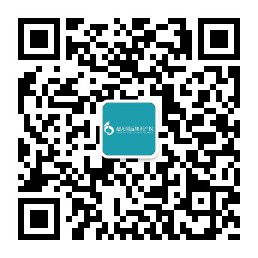- Home
- About Us
- Professionals
- Professionals
- Professionals

- Services
- Services
- Practice Areas
- Information Security

- News
- Database
- Database
- References
- Foundin Cases
- Related Websites

- Contact
Revised Chinese Patent Examination Guidelines to Take Effect from 15 January, 2021 (PART I)
Written by Xiao HAN (Nicole)
The China National Intellectual Property Administration (“CNIPA”) recently announced the "Revised Patent Examination Guidelines", which will come into force on January 15, 2021. This is a major development in the field of IP industry in China. Although the “Revised Guideline" is not a formal source of law, it can be used as a reference in courts’ decisions provided that there are no conflicts with the "Chinese Patent Law" and its implementation rules. Therefore, its amendment is of great significance to the administrative and judicial procedures on patent-related matters.
In this article, we just focus on the amendments regarding the filing of supplementary experiment data and the use limitation of the composition claims.
Supplementary Experiment Data Submission
In the past, both CNIPA and the court take a relatively strict position against the post-filing supplementary data. As a result, it was generally more difficult to obtain a granted pharmaceutical patent in China than in other jurisdictions. However, under the pressure of "Economic and Trade Agreement Between China and U.S." ("Agreement") where "China should allow pharmaceutical patent applicants to submit supplementary data in patent examination procedures, reexamination proceedings and judicial proceedings to meet the relevant requirements of patentability, including the requirements for sufficient disclosure and inventive steps", the CNIPA decides to change the game rule.
The “Revised Guidelines" provides at least two examples under this topic:
[Example 1] Compound A is claimed. The specification describes a method of preparing Compound A, and its effect in reducing the blood pressure, and an experimental method for measuring the activity of reduced blood pressure, but the experimental result data is not disclosed. In order to prove that the specification fully disclosed the invention, the applicant supplemented the data to show the effect of Compound A in reducing the blood pressure. For those skilled in the art, according to the original application documents, the effect of reducing the blood pressure of Compound A has been disclosed, and thus the technical effect shown in post-filing supplementary data is derivable from the disclosure of the patent application, and thus the supplementary data should be considered and examined.
[Example 2] A compound of general Formula I is claimed. The specification describes the general Formula I, a method of preparing Formula I, and specific compounds A, B, and the like. The specification also describes the antitumor effect of Formula I and the experimental methods and experimental data of determining the antitumor activity. The data shows that IC50 value is between 10-100nM. The Applicant submitted supplementary experiment data to show the inventive steps, which shows that IC50 value of Compound A is 15nM and the compound in reference 1 is 87nM. For those skilled in the art, according to the original application documents as filed, compound A and its antitumor effects have been disclosed, and thus the technical effects shown in the post-filing supplementary data is derivable from the disclosure of the patent application, and thus the supplementary data should be considered and examined
Use Limitation of Composition Claims
According to the old Patent Examination Guideline, when the composition has two or more uses and properties, the use does not have to be recited in the claims; however, when only one use or one property is disclosed, the composition claim should be limited by its use.
The "Revised Guidelines" provides a possibility to draft the composition claim without any use limitation even if the specification only discloses one use or one property of the composition.

 adm
adm

